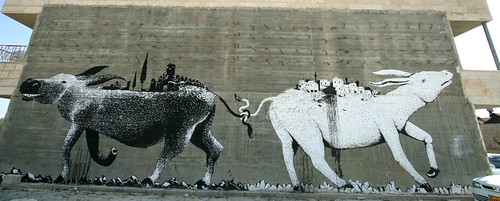A new study funded by the U.S. State Department’s Bureau of Democracy, Human Rights, and Labor focusing on how Israelis and Palestinians depict the other in education textbooks found that both sides unfairly depict one another. Both have a strong narrative that describes the other as the enemy but, at the same time, does not dehumanize them.
The three-year study looked at 74 Israeli and 94 Palestinian books from first through 12th grade. Also, more than 3,000 texts, photographs, and maps were examined. The materials were analyzed by both Israelis and Palestinians to reduce potential bias. All data was submitted to Yale University to keep the results as inconspicuous as possible.
Geographically, 94% of Palestinian maps failed to identify the existence of Israel while 87% of Israeli maps fail to mention Palestine or its territories. If the texts were not completely ignoring the existence of the other, they were portrayed negatively. Some even carried references to martyrdom. Rarely were there mentions of peace from their ongoing conflict.
“It is clear that each side is emphasising its own narrative of the conflict,” said Daniel Bar-Tal of Tel Aviv University. “There is really minimal dehumanisation on both sides, but at the same time, there is really a line of ignoring the other side.” In response, Palestinian officials stated that their textbooks were fair and balanced while the Israeli officials have claimed that the results were biased and refused to participate with the study.
Creative Commons Love: Jordan Sitkin on Flickr.com


















